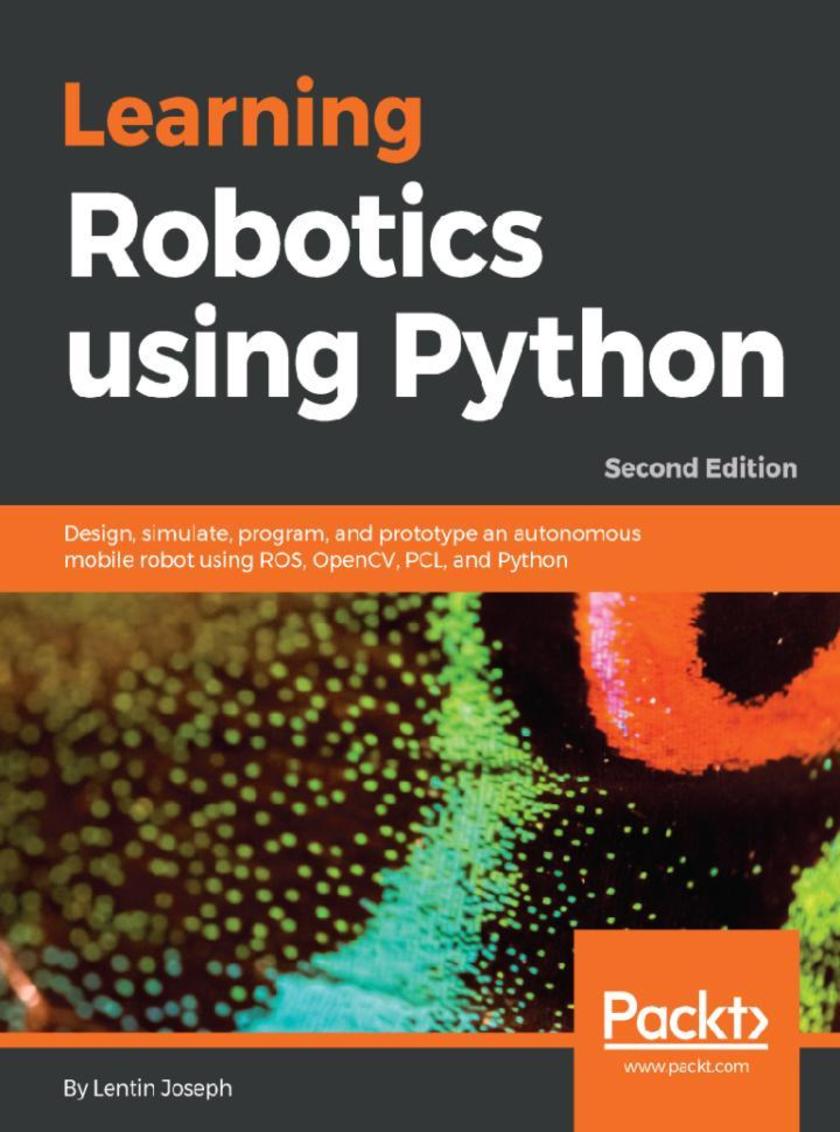
Learning Robotics using Python
¥57.76
Design, simulate, and program interactive robots About This Book ? Design, simulate, build, and program an interactive autonomous mobile robot ? Leverage the power of ROS, Gazebo, and Python to enhance your robotic skills ? A hands-on guide to creating an autonomous mobile robot with the help of ROS and Python Who This Book Is For This book is for those who are conducting research in mobile robotics and autonomous navigation. As well as the robotics research domain, this book is also for the robot hobbyist community. You’re expected to have a basic understanding of Linux commands and Python. What You Will Learn ? Design a differential robot from scratch ? Model a differential robot using ROS and URDF ? Simulate a differential robot using ROS and Gazebo ? Design robot hardware electronics ? Interface robot actuators with embedded boards ? Explore the interfacing of different 3D depth cameras in ROS ? Implement autonomous navigation in ChefBot ? Create a GUI for robot control In Detail Robot Operating System (ROS) is one of the most popular robotics software frameworks in research and industry. It has various features for implementing different capabilities in a robot without implementing them from scratch. This book starts by showing you the fundamentals of ROS so you understand the basics of differential robots. Then, you'll learn about robot modeling and how to design and simulate it using ROS. Moving on, we'll design robot hardware and interfacing actuators. Then, you'll learn to configure and program depth sensors and LIDARs using ROS. Finally, you'll create a GUI for your robot using the Qt framework. By the end of this tutorial, you'll have a clear idea of how to integrate and assemble everything into a robot and how to bundle the software package. Style and approach A step-by-step guide which will help you to create an autonomous mobile robot with the help of ROS and Python. It will help you to understand and implement the fundamental concepts of differential robots and teach you to create differential robot’s simulation using Gazebo.
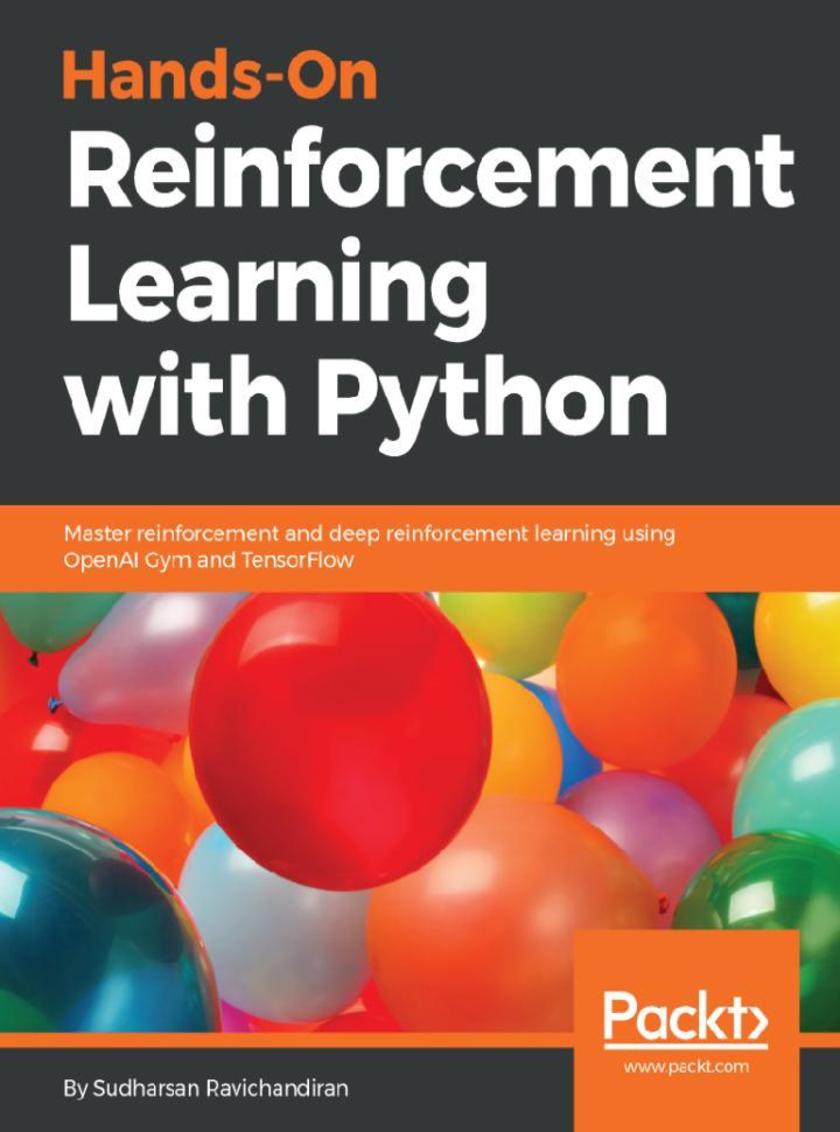
Hands-On Reinforcement Learning with Python
¥63.21
A hands-on guide enriched with examples to master deep reinforcement learning algorithms with Python About This Book ? Your entry point into the world of artificial intelligence using the power of Python ? An example-rich guide to master various RL and DRL algorithms ? Explore various state-of-the-art architectures along with math Who This Book Is For If you’re a machine learning developer or deep learning enthusiast interested in artificial intelligence and want to learn about reinforcement learning from scratch, this book is for you. Some knowledge of linear algebra, calculus, and the Python programming language will help you understand the concepts covered in this book. What You Will Learn ? Understand the basics of reinforcement learning methods, algorithms, and elements ? Train an agent to walk using OpenAI Gym and Tensorflow ? Understand the Markov Decision Process, Bellman’s optimality, and TD learning ? Solve multi-armed-bandit problems using various algorithms ? Master deep learning algorithms, such as RNN, LSTM, and CNN with applications ? Build intelligent agents using the DRQN algorithm to play the Doom game ? Teach agents to play the Lunar Lander game using DDPG ? Train an agent to win a car racing game using dueling DQN In Detail Reinforcement Learning (RL) is the trending and most promising branch of artificial intelligence. Hands-On Reinforcement learning with Python will help you master not only the basic reinforcement learning algorithms but also the advanced deep reinforcement learning algorithms. The book starts with an introduction to Reinforcement Learning followed by OpenAI Gym, and TensorFlow. You will then explore various RL algorithms and concepts, such as Markov Decision Process, Monte Carlo methods, and dynamic programming, including value and policy iteration. This example-rich guide will introduce you to deep reinforcement learning algorithms, such as Dueling DQN, DRQN, A3C, PPO, and TRPO. You will also learn about imagination-augmented agents, learning from human preference, DQfD, HER, and many more of the recent advancements in reinforcement learning. By the end of the book, you will have all the knowledge and experience needed to implement reinforcement learning and deep reinforcement learning in your projects, and you will be all set to enter the world of artificial intelligence. Style and approach This is a hands-on book designed to further expand your machine learning skills by understanding reinforcement to deep reinforcement learning algorithms with applications in Python.
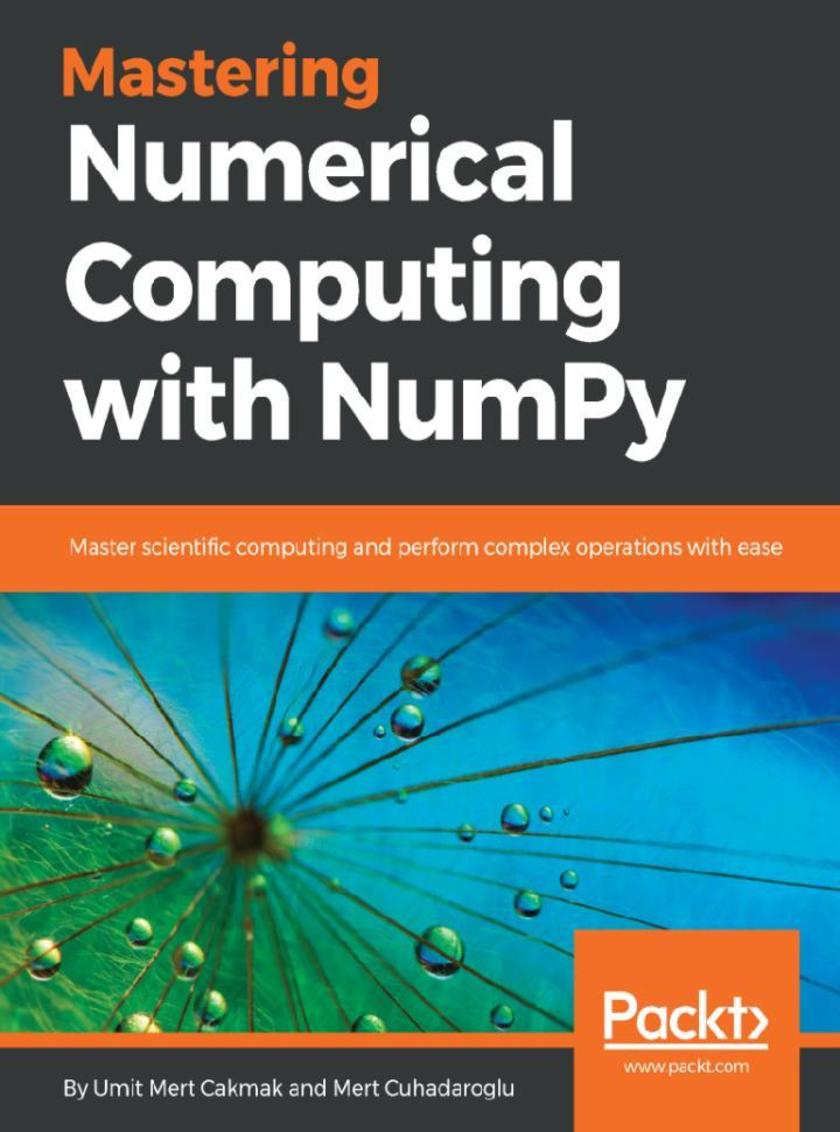
Mastering Numerical Computing with NumPy
¥63.21
Enhance the power of NumPy and start boosting your scientific computing capabilities About This Book ? Grasp all aspects of numerical computing and understand NumPy ? Explore examples to learn exploratory data analysis (EDA), regression, and clustering ? Access NumPy libraries and use performance benchmarking to select the right tool Who This Book Is For Mastering Numerical Computing with NumPy is for you if you are a Python programmer, data analyst, data engineer, or a data science enthusiast, who wants to master the intricacies of NumPy and build solutions for your numeric and scientific computational problems. You are expected to have familiarity with mathematics to get the most out of this book. What You Will Learn ? Perform vector and matrix operations using NumPy ? Perform exploratory data analysis (EDA) on US housing data ? Develop a predictive model using simple and multiple linear regression ? Understand unsupervised learning and clustering algorithms with practical use cases ? Write better NumPy code and implement the algorithms from scratch ? Perform benchmark tests to choose the best configuration for your system In Detail NumPy is one of the most important scientific computing libraries available for Python. Mastering Numerical Computing with NumPy teaches you how to achieve expert level competency to perform complex operations, with in-depth coverage of advanced concepts. Beginning with NumPy's arrays and functions, you will familiarize yourself with linear algebra concepts to perform vector and matrix math operations. You will thoroughly understand and practice data processing, exploratory data analysis (EDA), and predictive modeling. You will then move on to working on practical examples which will teach you how to use NumPy statistics in order to explore US housing data and develop a predictive model using simple and multiple linear regression techniques. Once you have got to grips with the basics, you will explore unsupervised learning and clustering algorithms, followed by understanding how to write better NumPy code while keeping advanced considerations in mind. The book also demonstrates the use of different high-performance numerical computing libraries and their relationship with NumPy. You will study how to benchmark the performance of different configurations and choose the best for your system. By the end of this book, you will have become an expert in handling and performing complex data manipulations. Style and approach This mastering guide will help you master your skills required to perform a complex numerical computation. The book contains the right mixture of theory and practical examples that will help you in dealing with the advanced NumPy and build solutions for your numeric and scientific computational problems
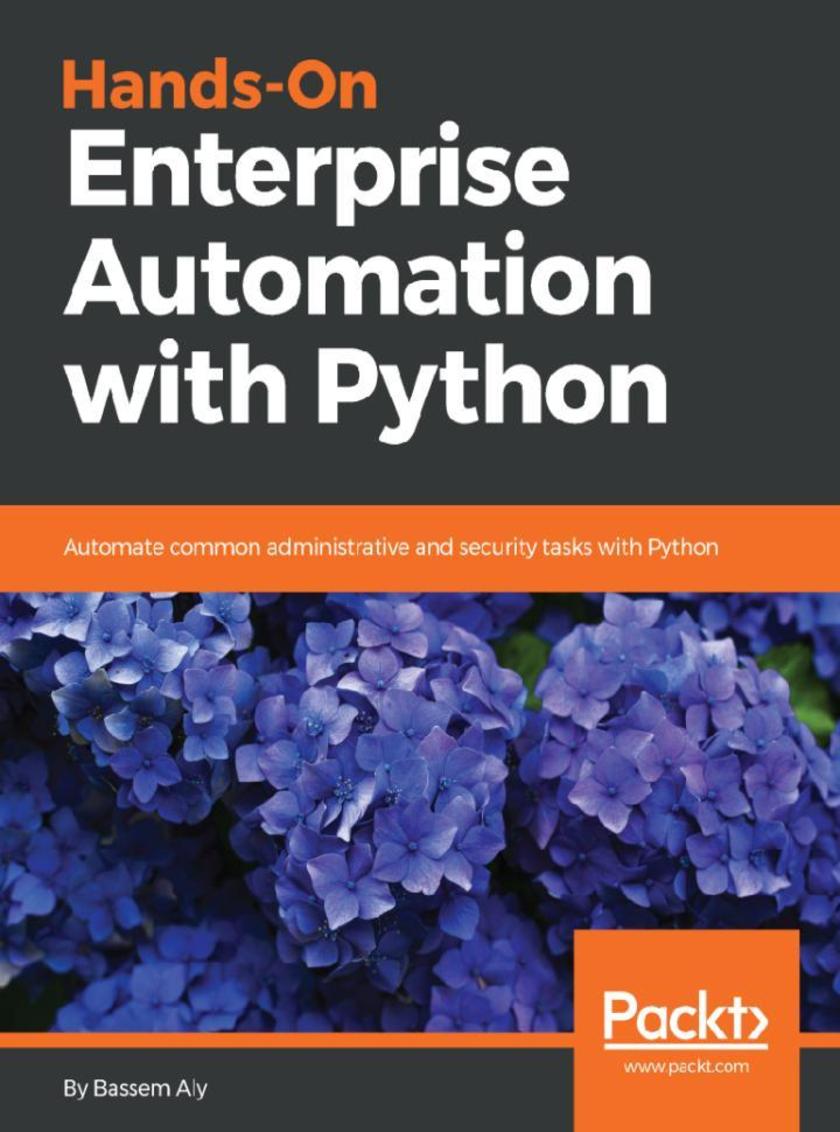
Hands-On Enterprise Automation with Python.
¥73.02
Invent your own Python scripts to automate your infrastructure About This Book ? Make the most of Python libraries and modules to automate your infrastructure ? Leverage Python programming to automate server configurations and administration tasks ? Efficiently develop your Python skill set Who This Book Is For Hands-On Enterprise Automation with Python is for system administrators and DevOps engineers who are looking for an alternative to major automation frameworks such as Puppet and Chef. Basic programming knowledge with Python and Linux shell scripting is necessary. What You Will Learn ? Understand common automation modules used in Python ? Develop Python scripts to manage network devices ? Automate common Linux administration tasks with Ansible and Fabric ? Managing Linux processes ? Administrate VMware, OpenStack, and AWS instances with Python ? Security automation and sharing code on GitHub In Detail Hands-On Enterprise Automation with Python starts by covering the set up of a Python environment to perform automation tasks, as well as the modules, libraries, and tools you will be using. We’ll explore examples of network automation tasks using simple Python programs and Ansible. Next, we will walk you through automating administration tasks with Python Fabric, where you will learn to perform server configuration and administration, along with system administration tasks such as user management, database management, and process management. As you progress through this book, you’ll automate several testing services with Python scripts and perform automation tasks on virtual machines and cloud infrastructure with Python. In the concluding chapters, you will cover Python-based offensive security tools and learn how to automate your security tasks. By the end of this book, you will have mastered the skills of automating several system administration tasks with Python. Style and approach This book will follow a practical approach to help you script and automate tasks using Python.
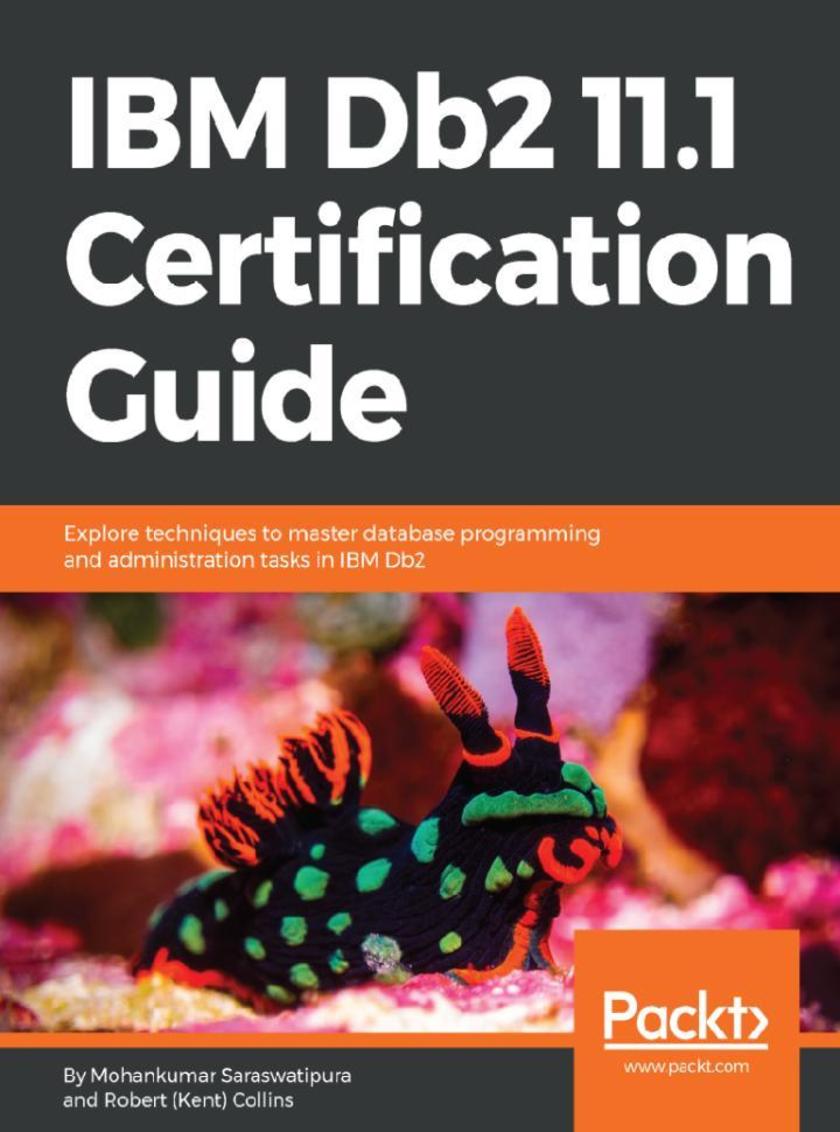
IBM Db2 11.1 Certification Guide
¥73.02
Mastering material for dealing with DBA certification exams About This Book ? Prepare yourself for the IBM C2090-600 certification exam ? Cover over 50 Db2 procedures including database design, performance, and security ? Work through over 150 Q&As to gain confidence on each topic Who This Book Is For The IBM Db2 11.1 Certification Guide is an excellent choice for database administrators, architects, and application developers who are keen to obtain certification in Db2. Basic understanding of Db2 is expected in order to get the most out of this guide. What You Will Learn ? Configure and manage Db2 servers, instances, and databases ? Implement Db2 BLU Acceleration and a DB2 pureScale environment ? Create, manage, and alter Db2 database objects ? Use the partitioning capabilities available within Db2 ? Enforce constraint checking with the SET INTEGRITY command ? Utilize the Db2 problem determination (db2pd) and dsmtop tools ? Configure and manage HADR ? Understand how to encrypt data in transit and at rest In Detail IBM Db2 is a relational database management system (RDBMS) that helps you store, analyze, and retrieve data efficiently. This comprehensive book is designed to help you master all aspects of IBM Db2 database administration and prepare you to take and pass IBM's Certification Exams C2090-600. Building on years of extensive experience, the authors take you through all areas covered by the test. The book delves deep into each certification topic: Db2 server management, physical design, business rules implementation, activity monitoring, utilities, high availability, and security. IBM Db2 11.1 Certification Guide provides you with more than 150 practice questions and answers, simulating real certification examination questions. Each chapter includes an extensive set of practice questions along with carefully explained answers. This book will not just prepare you for the C2090-600 exam but also help you troubleshoot day-to-day database administration challenges. Style and approach A comprehensive certification preparation guide for the C2090-600 exam, covering all the topics in greater detail and with sample questions and answers at the end of each chapter.
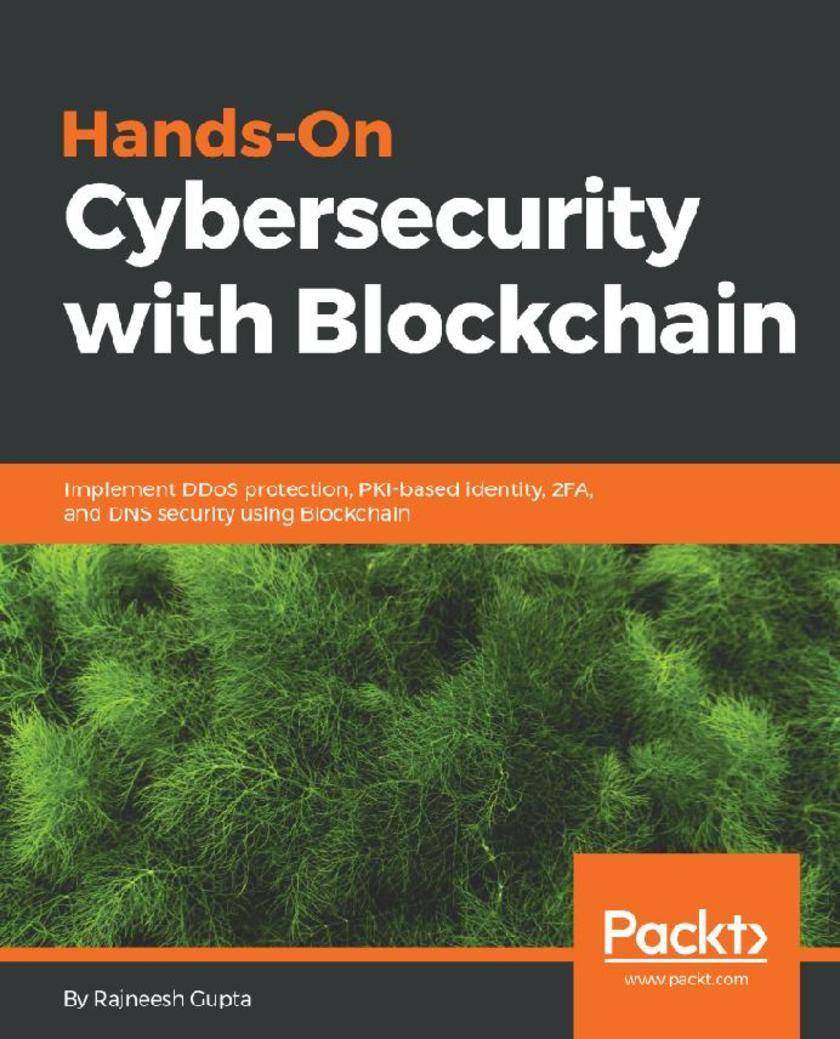
Hands-On Cybersecurity with Blockchain
¥81.74
Develop blockchain application with step-by-step instructions, working example and helpful recommendations About This Book ? Understanding the blockchain technology from the cybersecurity perspective ? Developing cyber security solutions with Ethereum blockchain technology ? Understanding real-world deployment of blockchain based applications Who This Book Is For The book is targeted towards security professionals, or any stakeholder dealing with cybersecurity who wants to understand the next-level of securing infrastructure using Blockchain. Basic understanding of Blockchain can be an added advantage. What You Will Learn ? Understand the cyberthreat landscape ? Learn about Ethereum and Hyperledger Blockchain ? Program Blockchain solutions ? Build Blockchain-based apps for 2FA, and DDoS protection ? Develop Blockchain-based PKI solutions and apps for storing DNS entries ? Challenges and the future of cybersecurity and Blockchain In Detail Blockchain technology is being welcomed as one of the most revolutionary and impactful innovations of today. Blockchain technology was first identified in the world’s most popular digital currency, Bitcoin, but has now changed the outlook of several organizations and empowered them to use it even for storage and transfer of value. This book will start by introducing you to the common cyberthreat landscape and common attacks such as malware, phishing, insider threats, and DDoS. The next set of chapters will help you to understand the workings of Blockchain technology, Ethereum and Hyperledger architecture and how they fit into the cybersecurity ecosystem. These chapters will also help you to write your first distributed application on Ethereum Blockchain and the Hyperledger Fabric framework. Later, you will learn about the security triad and its adaptation with Blockchain. The last set of chapters will take you through the core concepts of cybersecurity, such as DDoS protection, PKI-based identity, 2FA, and DNS security. You will learn how Blockchain plays a crucial role in transforming cybersecurity solutions. Toward the end of the book, you will also encounter some real-world deployment examples of Blockchain in security cases, and also understand the short-term challenges and future of cybersecurity with Blockchain. Style and approach This book will follow a practical approach to help understand blockchain technology to transform cybersecurity solutions
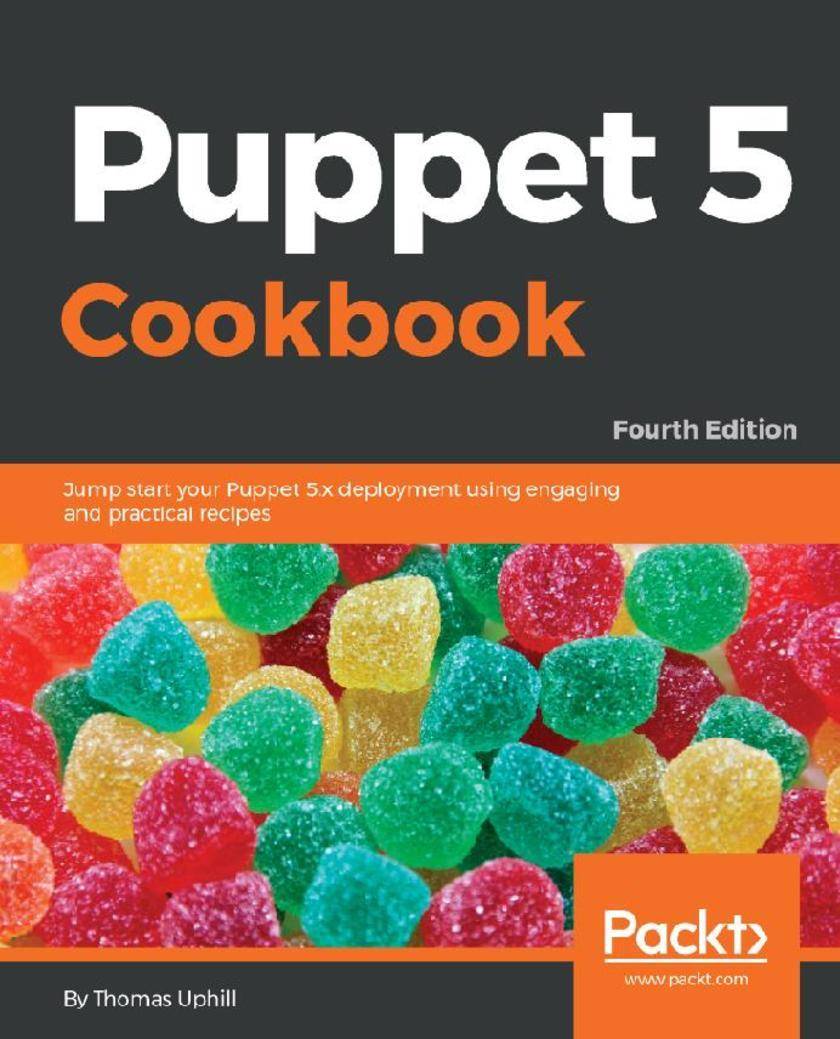
Puppet 5 Cookbook
¥81.74
Write custom plugins for Puppet, including facts, providers, and functions About This Book ? Grasp recipes that work with centralized and decentralized deployments ? Explore language differences and enhancements anticipated in Puppet version 5.x ? Gain expert understanding of Puppet's latest and most advanced features Who This Book Is For Puppet 5 Cookbook is for anyone who builds and administers servers, especially in a web operations context. You’ll need some experience of Linux systems administration, including familiarity with the command line, filesystem, and text editing. No prior programming experience is required. What You Will Learn ? Discover the latest and most advanced features of Puppet ? Bootstrap your Puppet installation using powerful tools like Rake ? Master techniques to deal with centralized and decentralized Puppet deployments ? Use exported resources and forge modules to set up Puppet modules ? Create efficient manifests to streamline your deployments ? Automate Puppet master deployment using Git hooks and PuppetDB ? Make Puppet reliable, performant, and scalable In Detail Puppet is a configuration management system that automates all your IT configurations, giving you control of managing each node.Puppet 5 Cookbook will take you through Puppet's latest and most advanced features, including Docker containers, Hiera, and AWS Cloud Orchestration. Updated with the latest advancements and best practices, this book delves into various aspects of writing good Puppet code, which includes using Puppet community style, checking your manifests with puppet-lint, and learning community best practices with an emphasis on real-world implementation. You will learn to set up, install, and create your first manifests with Puppet version control, and also understand various sysadmin tasks, including managing config files, using Augeas, and generating files from snippets and templates. As the book progresses, you’ll explore virtual resources and use Puppet's resource scheduling and auditing features. In the concluding chapters, you’ll walk through managing applications and writing your own resource types, providers, and external node classifiers. By the end of this book, you will have learned to report, log, and debug your system. Style and approach A recipe-based guide filled with quick step-by-step instructions that are immediately applicable
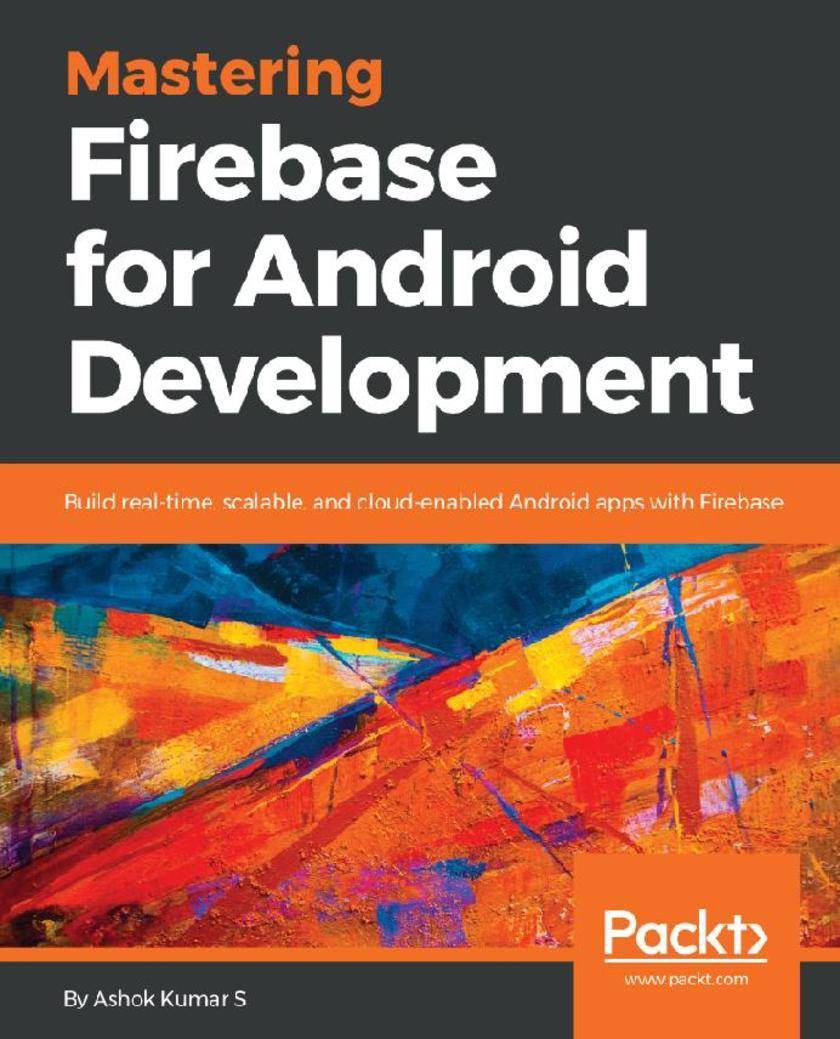
Mastering Firebase for Android Development
¥81.74
Develop a fully functional dynamic Android application using the latest features of Firebase About This Book ? Explore all the latest tools in Firebase—Firebase Firestore, ML-Kit, and Firebase Predictions ? Master Firebase cloud messaging, remote configuration, and work with a real-time database ? Make your app a global success with the help of Google Analytics and AdMob Who This Book Is For Mastering Firebase for Android Development is for individualslooking to extend their skills with Firebase and build faster, scalable, and real-time mobile applications. Basic understanding of Android programming is necessary. In all, this in-depth guide is an accessible pathway to mastering Firebase. What You Will Learn ? Learn about Firebase push notifications and write backend functionalities ? Identify the root cause of an application crash and diagnose and fix bugs ? Store different Multipurpose Internet MailExtension(MIME) type files ? Explore web hosting and connect the Firebase functions to the host website ? Send push notifications and understand the deep integration of analytics tools and cohorts ? Market and monetize your application using Firebase Adwords and Admob ? Build a secure authentication framework while enhancing the sign-in and on-boarding experience for end users In Detail Firebase offers a wide spectrum of tools and services to help you develop high-quality apps in a short period of time. It also allows you to build web and mobile apps quickly without managing the infrastructure.Mastering Firebase for Android Development takes you through the complete toolchain of Firebase,including the latest tools announced in Google IO 2018 such as Firebase ML-Kit, FireStore, and Firebase Predictions. The book begins by teaching you to configure your development environment with Firebase and set up a different structure for a Firebase real-time database. As you make your way through the chapters, you’ll establish the authentication feature in Android and explore email and phone authentication for managing the on-boarding of users. You’ll be taken through topics on Firebase crash reporting, Firebase functions, Firebase Cloud, Firebase Hosting, and Cloud Messaging for push notifications and explore other key areas in depth. In the concluding chapters, you will learn to use Firebase Test Lab to test your application before using Firebase Performance Monitoring to trace performance setbacks. By the end of the book, you will be well equipped with the Firebase ecosystem, which will help you find solutions to your common application development challenges. Style and approach A step by step guide taking you through the different features of Firebase
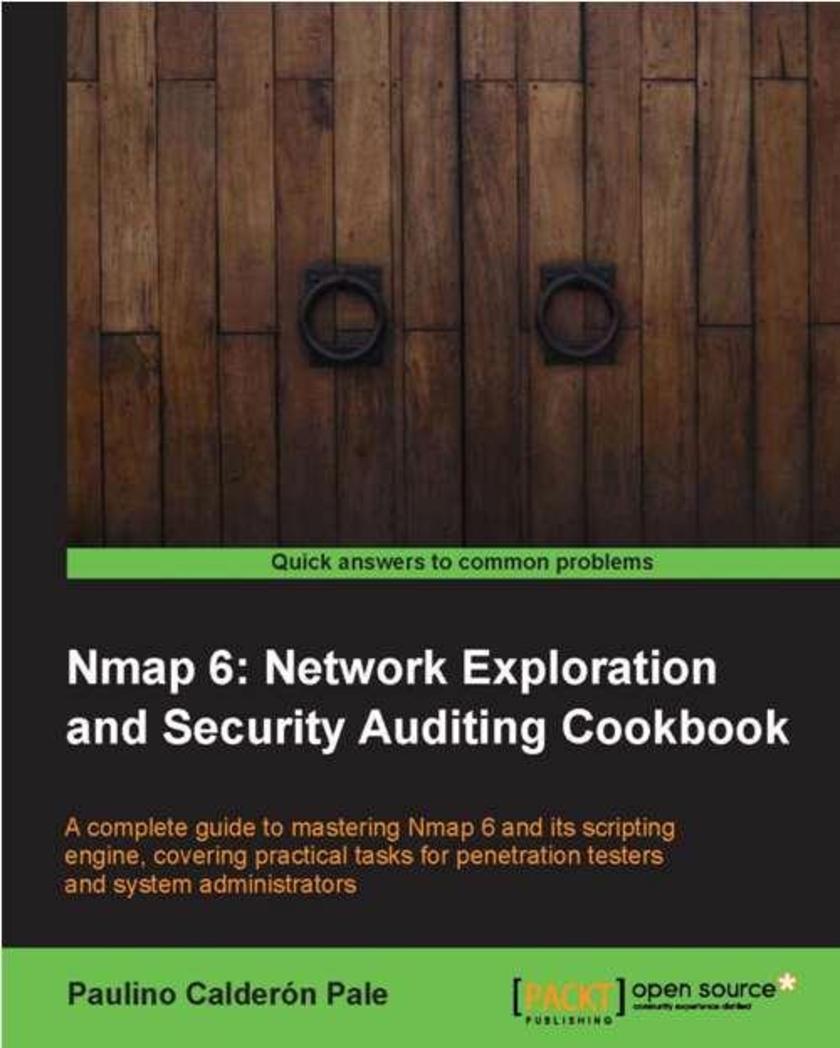
Nmap 6: Network exploration and security auditing Cookbook
¥80.65
The book is a collection of easy to follow, practical recipes with explanations of the code, and links to further information. This book is for any security consultant, administrator or enthusiast looking to learn how to use and master Nmap and the Nmap Scripting Engine.
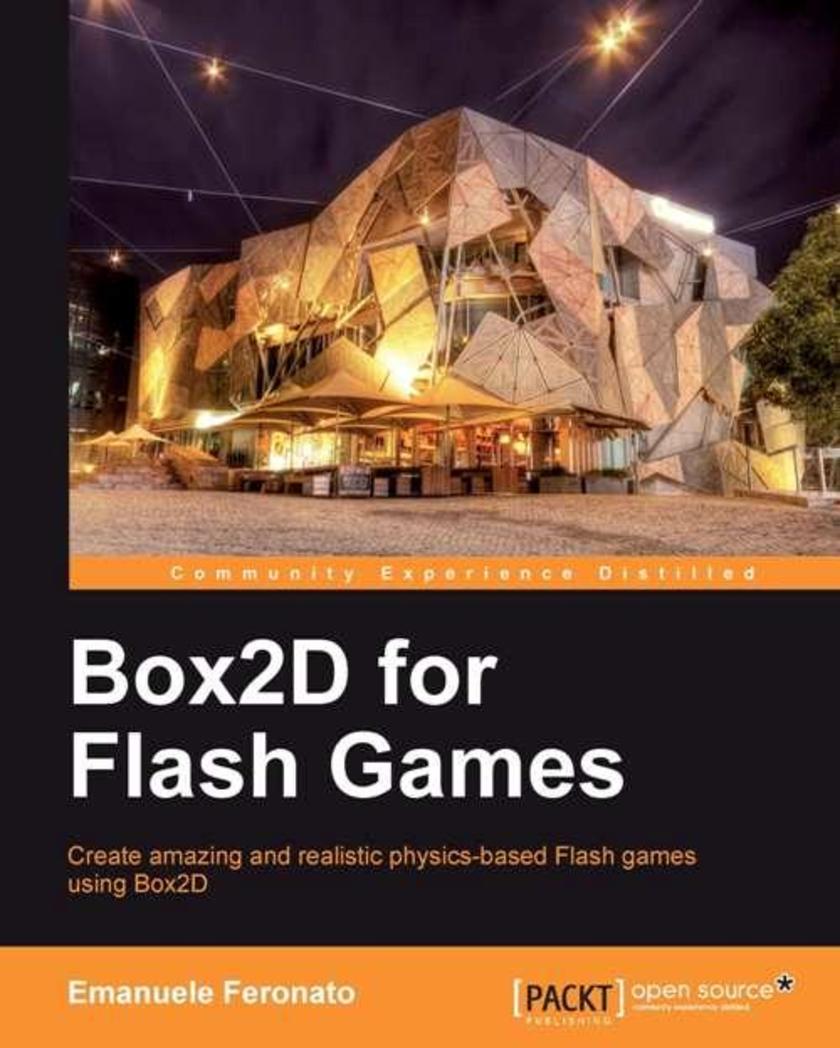
Box2D for Flash Games
¥45.77
This book is a step by step guide to create games with Box2D explained in a simple and friendly way. Are you familiar with ActionScript3 and want to explore the capabilities of physics in game design using Box2D, then this book is for you. You don’t have to be an AS3 hero: if you know how to create classes and functions with AS3, then you can make your first physics game!
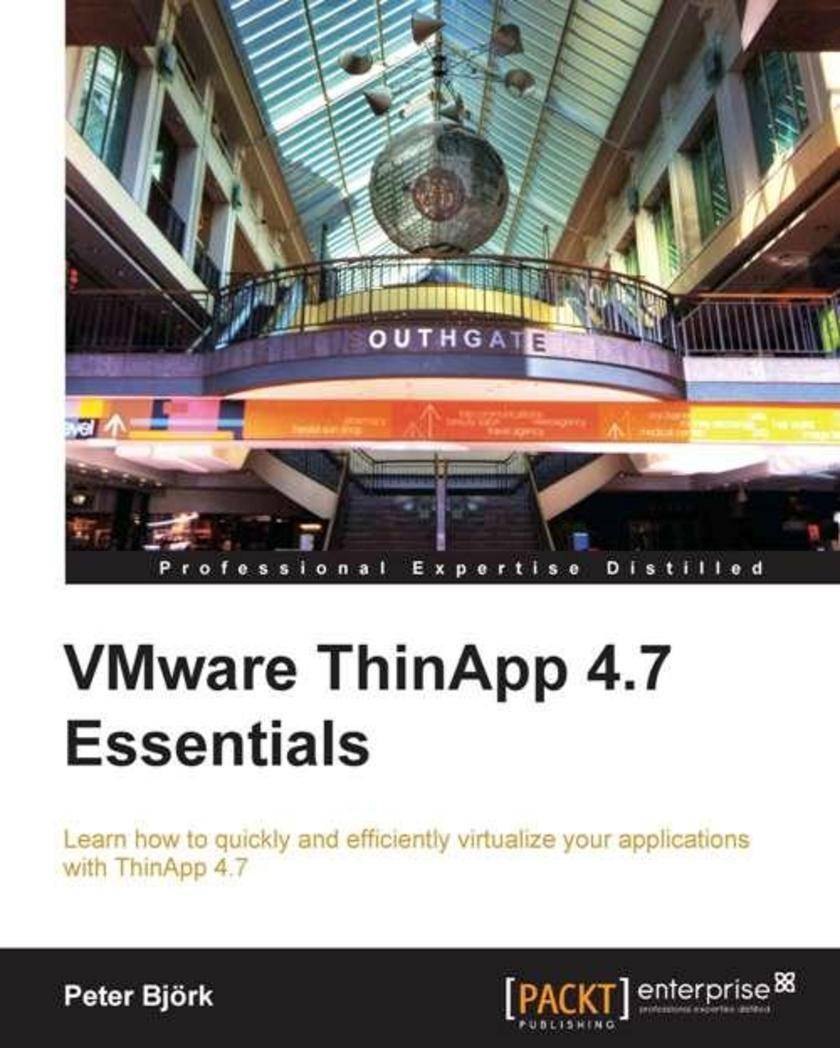
VMware ThinApp 4.7 Essentials
¥99.18
This book is written in practical tutorial style and it offers learning through vivid examples and. Each chapter contains step-by-step instructions about everything necessary to execute a particular task. The book is designed so that you can read it from start to end for beginners or just open up any chapter and start following the recipes as a reference for advanced users,This book will be useful to developers, System admins and consultants who want to install and manage a virtualized app environment using VMware ThinApp 4.7.
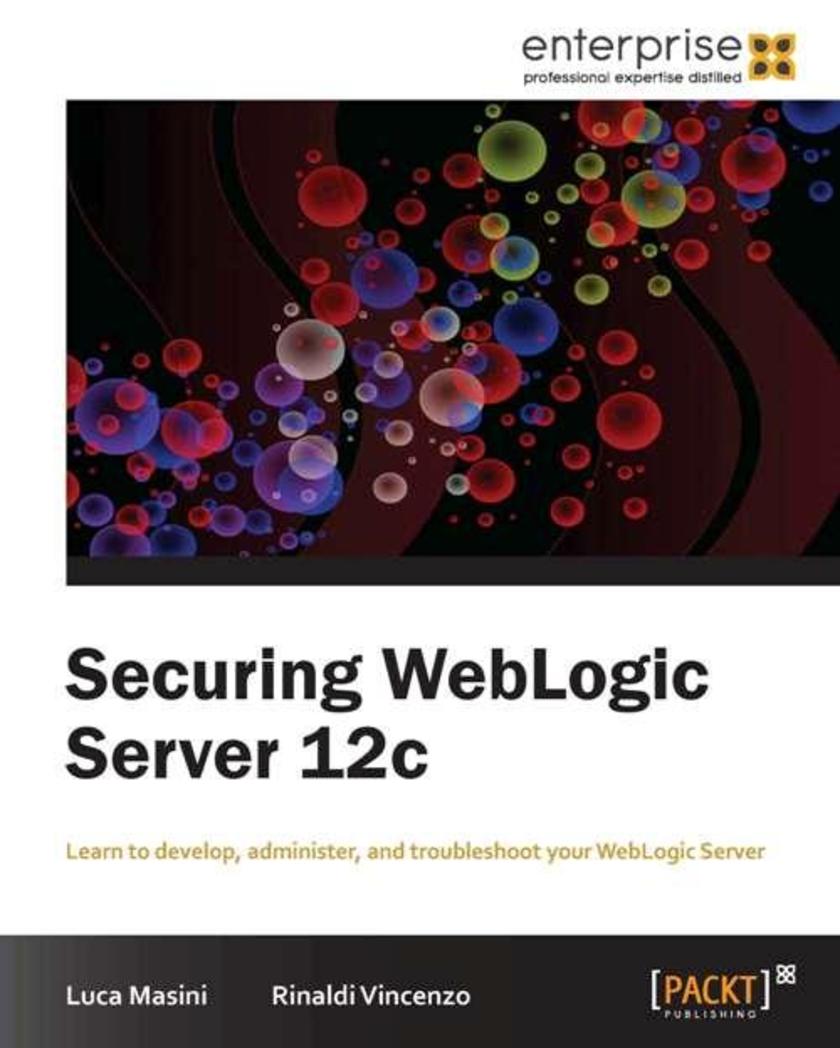
Securing WebLogic Server 12c
¥45.77
This book is written in simple, easy to understand format with lots of screenshots and step-by-step explanations. If you are a WebLogic Server administrator looking forward to a step by step guide to administer and configure WebLogic security, then this is the guide for you. Working knowledge of WebLogic is required.
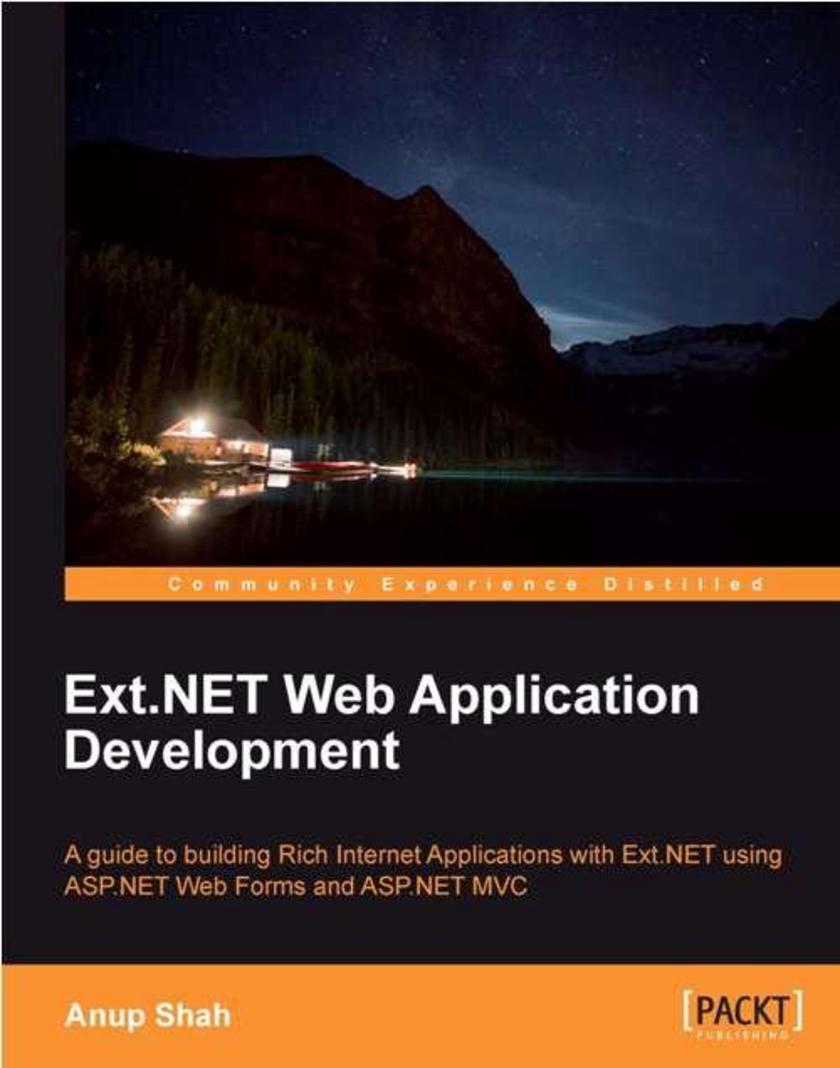
Ext.Net Web Application Development
¥99.18
This is a step-by-step tutorial packed with examples and tips to learn Ext.NET from scratch. This book is written for .NET Web Application Developers who are familiar with ASP.NET looking to build .NET based Rich Internet Applications. Whether you are new to Ext JS or you are looking to use your existing Ext JS skills in a .NET environment, this book will be useful for you.
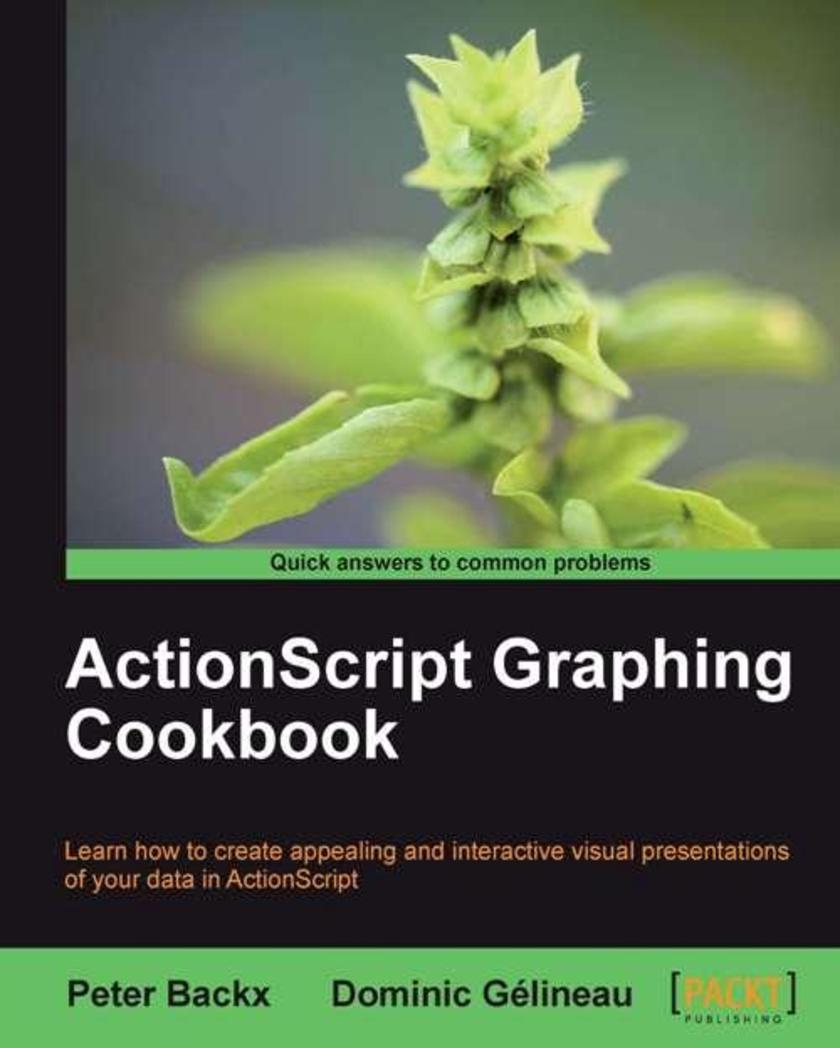
ActionScript Graphing Cookbook
¥80.65
Step-by-step instructions guide you from your very first graphical program to highly complex 3D presentations. Although a few recipes explain charts in Flex, this book is firmly focussed on using ActionScript code and data to draw graphs. The "ActionScript Graphing Cookbook" is aimed at any ActionScript developer who wants to add data visualization to their skill set. The reader should be familiar with ActionScript basics, but no deep knowledge of any graphical functions is required.
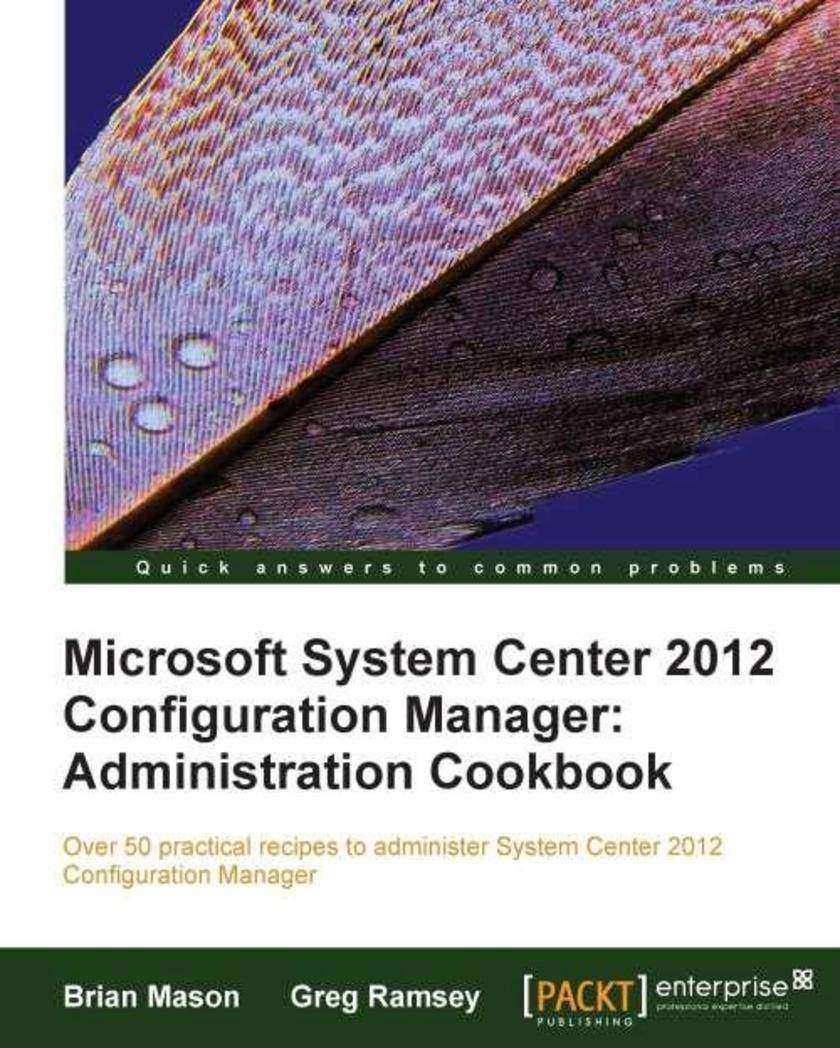
Microsoft System Center 2012 Configuration Manager: Administration Cookbook
¥90.46
This cookbook is full of immediately useable recipes showing you how to administer System Center 2012 Configuration Manager and understand how to solve particular problems/scenarios. In addition to its cookbook style, which ensures the solutions are presented in a clear step-by-step manner, its explanations go into great detail, which makes it good learning material for everyone who has experience in System Center Configuration Manager and wants to improve. The book is designed in such a way that each recipe is presented as a separate, standalone entity and reading of other, prior recipes is not required. If you are an intermediate to advanced administrator who wants to administer System Center 2012 Configuration Manager and understand how to solve particular problems/scenarios, then this book is for you. You should have a working knowledge of System Center Configuration Manager, however, knowledge of System Center 2012 Configuration Manager is not necessarily required.
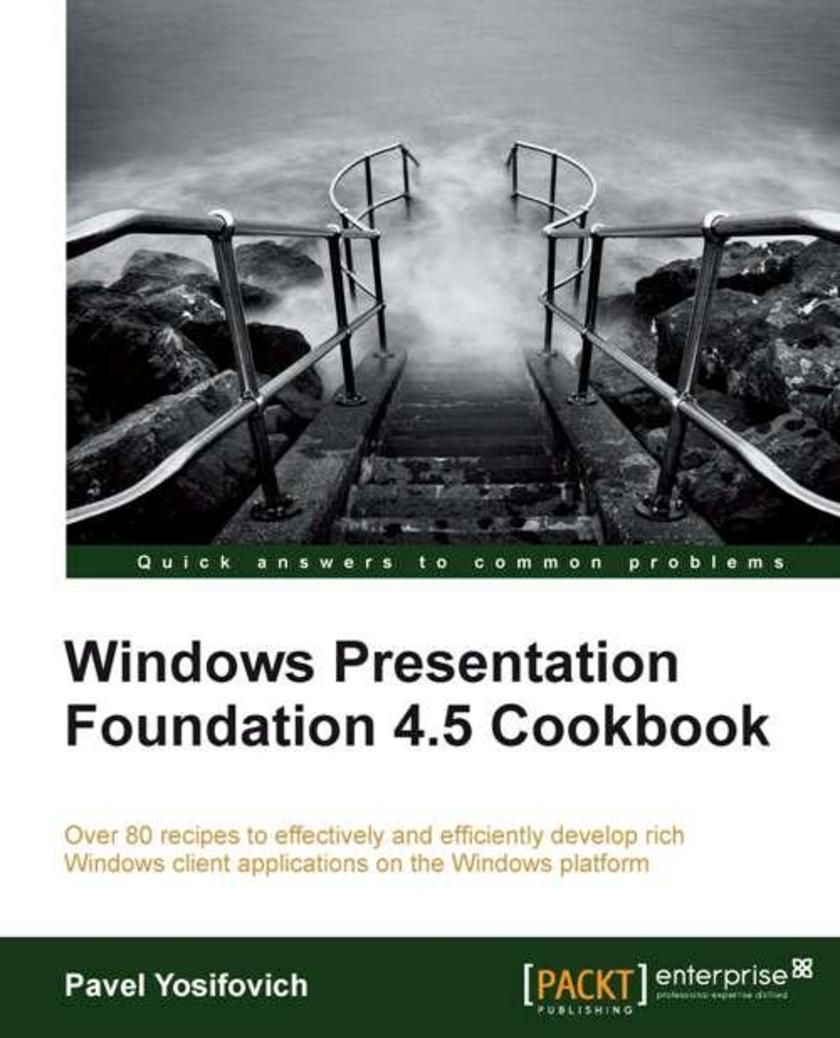
Windows Presentation Foundation 4.5 Cookbook
¥107.90
This book is written in an easy-to-read style, with a strong emphasis on real-world, practical examples. Step-by-step explanations are provided for performing important tasks. If you are C# developer looking forward to increasing your understanding and knowledge of WPF, then this is the best guide for you. Basic experience with Visual Studio 2010 is mandatory, as well as good C# skills. Previous experience with Windows Forms is not required.
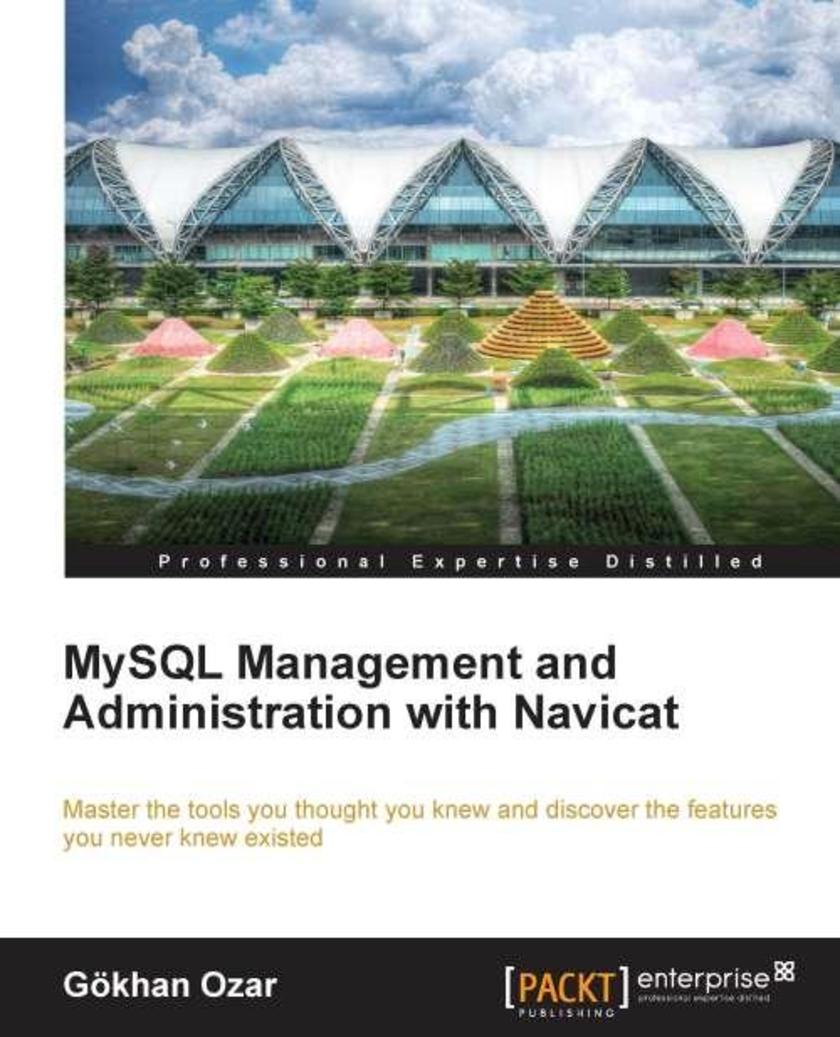
MySQL Management and Administration with Navicat
¥54.49
Standard Mini. This book is written for MySQL Users, Developers, and admins who want to discover just how easy Navicat makes even normally arduous tasks.
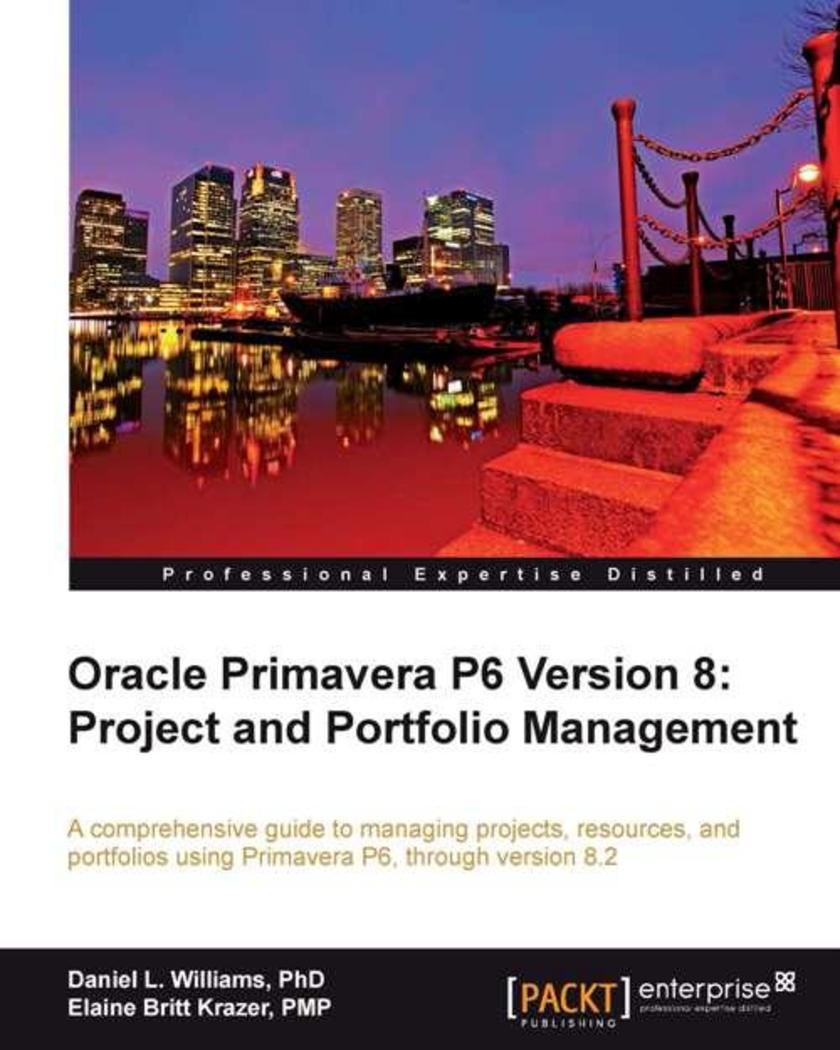
Oracle Primavera P6 Version 8: Project and Portfolio Management
¥161.31
This book is written in simple, easy to understand format with lots of screenshots and step-by-step explanations. If you are a Project manager or a consultant, who wants to master the core concepts of Primavera P6 and the new features associated with version 8, then this is the best guide for you. This book assumes that you have a fundamental knowledge of working in the Primavera P6 environment.

Mahara ePortfolios: Beginner’s Guide
¥80.65
This book will provide you with step-by-step instructions to get started with Mahara and create an impressive electronic portfolio. The book is packed with many useful examples and screenshots for easy and quick learning. Pick up this book if you want to get started with Mahara. This book is for you if: You are an employee, student or other type of learner wanting to maintain online documentation of your projects and share it with a particular assessor/CPD Manager/teacher/trainer for feedback. You are a teacher or mentor wanting to set up an e-portfolio for your students or employees in order to encourage and advance personalized and reflective learning. You are a professional wanting to share your journals and project documents with your team by sharing your existing knowledge and creating new knowledge in communities of professional practice. You are a human resources professional who wants a software application which will enable your team to generate, capture and transfer tacit knowledge. No previous experience of Mahara is required
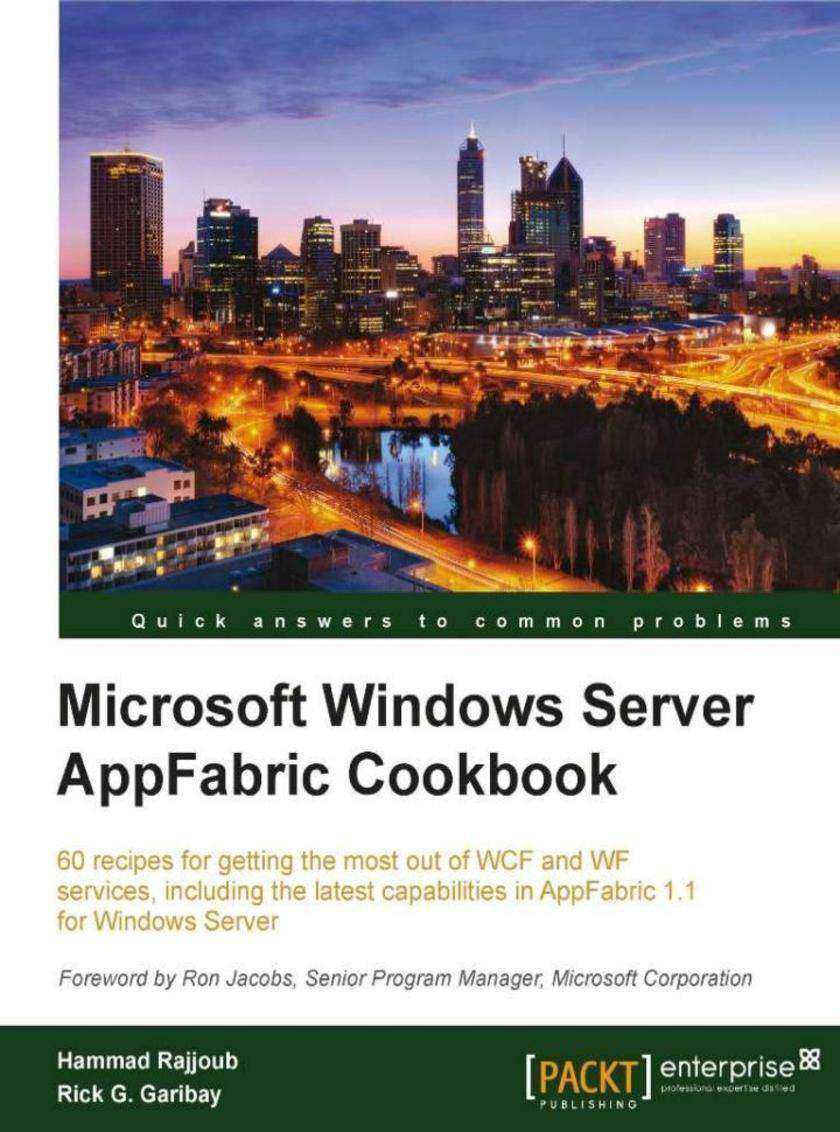
Microsoft Windows Server AppFabric Cookbook
¥107.90
‘Microsoft Windows Server AppFabric Cookbook’ is full of immediately useable recipes showing you how to get the most from WCF and WF services using Windows Server AppFabric, leveraging the right capabilities for building composite solutions on the .NET platform. In addition to its cookbook style, which ensures the solutions are presented in a clear step-by-step manner, its explanations go into the right level of detail, making it good learning material for everyone who has experience with some of the challenging aspects of WCF and WF development from a scalability, configuration and management perspective. The book is designed in such a way that each recipe is presented as a separate, standalone entity and reading of other, prior recipes is not required. If you are a .NET developer or WCF/WF developer, then this book is for you. This book does not assume any prior knowledge of Windows AppFabric. However, a basic understanding of .NET Framework 4.0, Windows Communication Foundation (WCF) and Windows Workflow Foundation (WWF) technologies is required.

LiveCode Mobile Development Beginner's Guide
¥80.65
This book will follow a tutorial style, starting from basic LiveCode coding concepts to its real-world implementation. It will teach developers how to use this new framework to develop interactive, cross-platform mobile applications. If you are a developer, consultant or student looking to create fast, scalable mobile applications, then this book is for you. Basic knowledge of programming such as understanding variables, expressions, control structures and functions is required.




 购物车
购物车 个人中心
个人中心



